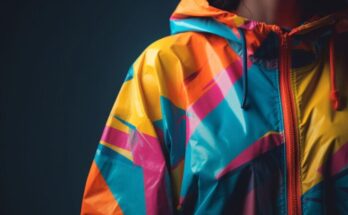Are you seeking a jacket for urban commuting? Or do you need a jacket for Casual wear on more active days? The ideal winter Jackets for Extreme Weather are a functional companion. To provide authentic insights on making the best choices, we will share the public opinion on How to select the best jacket for extreme weather.
What to Look for While Choosing Cold Weather Jackets
Here are the essential questions to help you make an educated choice when selecting jackets for cold weather. We ensure you stay warm and stylish in the face of chilly conditions. Whether facing rain, snow, gusty winds, or enduring harsh winter temperatures. This guide aims to assist you in discovering the ideal jacket to pass this colder season.
What is the Insulation Type and Amount?
The insulation in a jacket refers to the material used to retain body heat and keep you warm. Common insulation types include down and synthetic fibers. Down insulation is lightweight and practical in trapping warmth, while synthetic insulation performs well in wet conditions and is often hypoallergenic. The amount of insulation is measured in grams per square meter (g/m²). Higher values state more insulation, providing better warmth. For example, jackets designed for colder temperatures might have insulation in the 100-200g/m² range.
Types of Jacket Insulation
There are three primary types of insulation used in jackets: down insulation, synthetic insulation, and fleece insulation.
Down Insulation:
Material: Down insulation is derived from the soft under feathers of ducks or geese.
Characteristics:
- Down is highly efficient at trapping and retaining body heat, providing excellent warmth without adding much weight.
- Down jackets can be compressed to a compact size, making them easy to pack and carry.
- High-quality down is durable, but it may lose its insulation properties when wet.
Best Use Cases:
- Down jackets are excellent for cold climates with low humidity.
- Ideal for activities where weight and packability are crucial, such as hiking and mountaineering.
Synthetic Insulation:
Material: Synthetic insulation is made from polyester fibers.
Characteristics:
- Unlike down, synthetic insulation retains its insulating properties when wet, making it suitable for wet conditions.
- Synthetic materials dry faster than down, maintaining warmth even in damp environments.
- Hypoallergenic and suitable for individuals allergic to Down.
Best Use Cases:
- Synthetic insulation is a better choice for activities in rainy or damp environments.
- Often more affordable than high-quality down, making it a practical option for those on a budget.
Fleece Insulation:
Material: Fleece insulation is made from polyester or a blend of polyester and other fibers.
Characteristics:
- Fleece allows moisture and heat to escape, making it suitable for activities where breathability is essential.
- Like synthetic insulation, fleece dries quickly.
- Fleece is often used as a mid-layer, providing extra warmth between a base layer and an outer shell.
Best Use Cases:
- Fleece jackets are used as mid-layers in cold weather systems.
- Suitable for activities where breathability and flexibility are important, such as hiking or skiing.
Each insulation type has advantages and is well-suited to specific conditions and activities. Choosing the right insulation depends on weather conditions, intended use, and personal preferences.
What are the types of Jackets for Extreme Weather?
There are various types of winter jackets designed to cater to different preferences, weather conditions, and activities. Here are some common types of winter jackets:
Parka:
A parka is a long, insulated jacket with a hood, often lined with fur or faux fur for added warmth. It provides excellent protection against cold temperatures and wind.
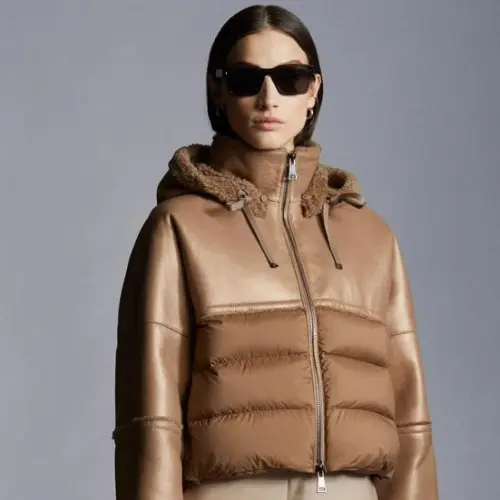
Ideal for Harsh winter conditions, and cold temperatures.
Down Jacket:
Down jackets are filled with the soft, insulating layer of duck or goose feathers. They are lightweight, compressible, and provide excellent warmth.

Ideal for Cold and dry conditions, and outdoor activities.
Insulated Jacket:
Insulated jackets use synthetic materials (such as PrimaLoft) or down to provide warmth. They are versatile and suitable for various winter activities.
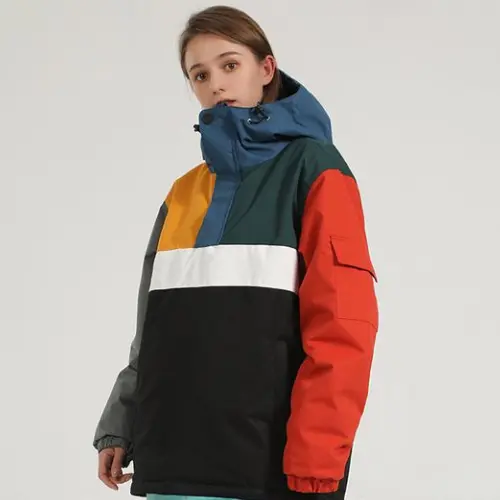
Ideal for Everyday use, outdoor activities.
Fleece Jacket:
Fleece jackets are made of synthetic materials that provide warmth and are breathable. They are often used as mid-layers in cold conditions.

Ideal for Layering, milder winter weather.
Shell Jacket:
Shell jackets are designed to be windproof and waterproof, protecting against rain, snow, and wind. They are not insulated, making them suitable for layering.
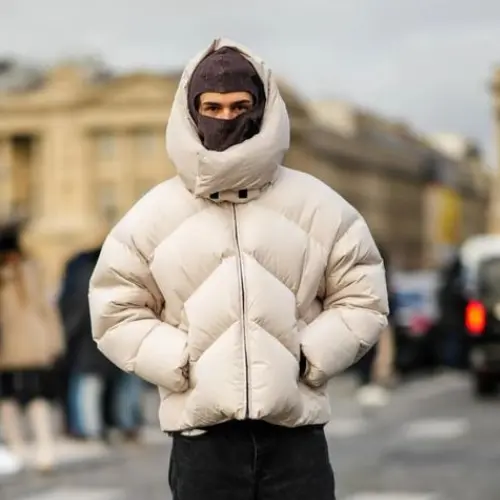
Ideal for Wet and windy conditions, layering.
Ski Jacket:
Ski jackets are designed for winter sports. They are waterproof, breathable, and often feature extra features like snow skirts and ventilation zips.
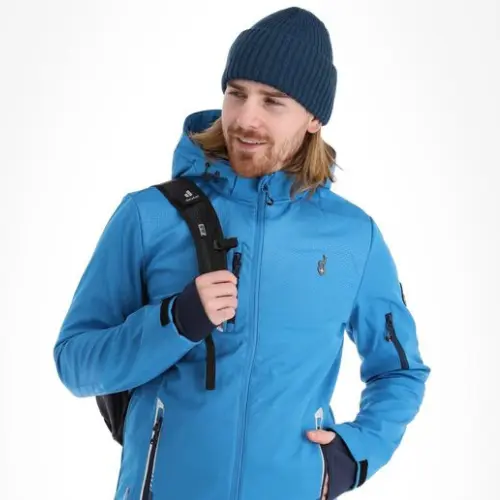
Ideal for Skiing, snowboarding, and other winter sports.
Softshell Jacket:
Softshell jackets are made of flexible, breathable materials that provide some water resistance and insulation. They are suitable for active pursuits in cold weather.
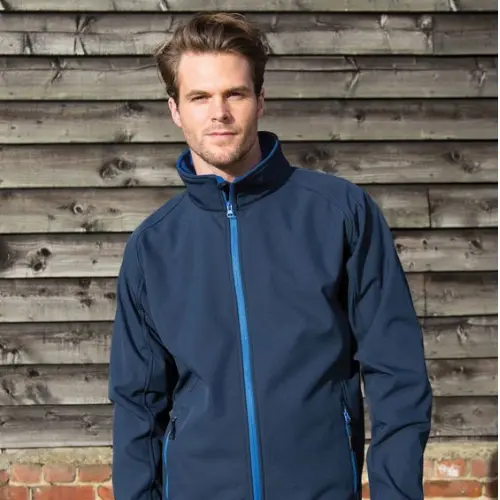
Ideal for Hiking, climbing, and outdoor activities.
Windbreaker:
Windbreakers are lightweight jackets designed to protect against wind. They are not insulated but can provide an extra layer of protection.
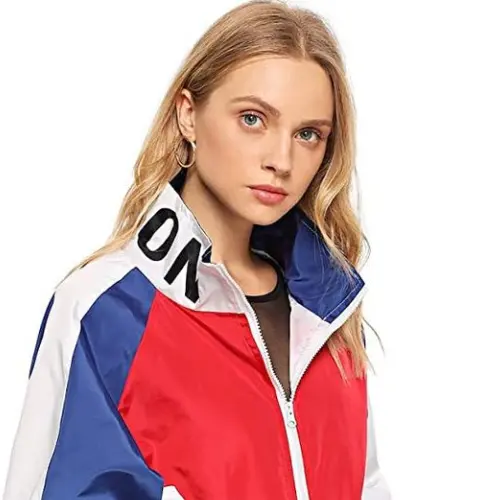
Ideal for Windy conditions, layering.
Trench Coat:
Trench coats are long, stylish coats that may be insulated for winter wear. They are often water-resistant and offer a more fashionable option for cold weather.

Ideal for City wear, and milder winter conditions.
Puffer Jacket:
Puffer jackets have a quilted design and are filled with down or synthetic insulation. They are known for their warmth and ability to trap heat.

Ideal for Cold temperatures, casual wear.
When choosing a winter jacket, consider factors such as your area’s climate, planned activities, and personal style preferences. Additionally, layering with different types of jackets can provide versatility and adaptability to changing weather conditions.
Is the Jacket Waterproof and Windproof?
A jacket’s waterproofing and windproofing capabilities are crucial for weather protection. Waterproofing is often measured using a rating called hydrostatic head (HH), expressed in millimeters. A higher HH rating indicates better waterproofing. Windproofing is achieved through woven or laminated fabrics. Common waterproof and windproof materials include Gore-Tex, eVent, and various proprietary fabrics. Look for a jacket with a high HH rating (e.g., 10,000mm or more) and windproof technology to ensure effective protection against rain and wind.
Does the Jacket Have Adjustable Features?
Adjustable features in a jacket allow you to customize the fit and enhance comfort. Look for jackets with adjustable cuffs, hem, and hood. Adjustable cuffs have hook-and-loop closures or snaps, allowing you to tighten or loosen them based on your preference. Hems may have drawcords to cinch the bottom of the jacket, preventing drafts. Hoods with drawcords or toggles enable you to tighten or loosen the fit around your face, providing better protection in adverse weather conditions. Adjustable features enhance versatility and adaptability to different body shapes and weather scenarios.
What is the Jacket’s Durability and Versatility?
Durability is a key consideration in assessing a jacket’s longevity and resistance to wear and tear. Materials such as ripstop nylon or polyester can enhance durability. Seams should be well-constructed, sealed or taped to prevent water penetration. Versatility refers to a jacket’s ability to perform well in various conditions and activities. A versatile jacket may have removable layers, ventilation zippers, or adjustable features that suit different climates or activities. Consider the jacket’s intended use and choose one that aligns with your specific needs for durability and versatility.


